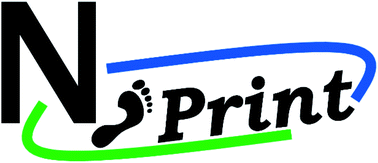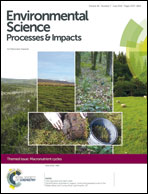Personal nitrogen footprint tool for the United Kingdom
Abstract
The global nitrogen (N) cycle has been transformed by human use of reactive N as a consequence of increased demand for food and energy. Given the considerable impact of humans on the N cycle, it is essential that we raise awareness amongst the public and policy makers as this is the first step in providing individuals and governments the opportunity to reduce their impact on the N cycle and reduce the environmental and health consequences of N pollution. Here we describe an N footprint tool for the UK developed as part of the N-PRINT program. The current per capita N footprint in the UK is 27.1 kg N per capita per year with food production constituting the largest proportion of the footprint (18.0 kg N per capita per year). Calculating an N footprint for 1971 (26.0 kg N per capita per year) demonstrates that per capita N footprints have increased slightly. The average UK footprint is smaller than that found in the USA but is higher than the Netherlands and Germany. Scenario analysis demonstrates that reducing food protein consumption to the levels recommended by the FAO and World Health Organization reduces the overall N footprint by 33%. Consuming a vegetarian diet and consuming only sustainable food both decreased the N footprint by 15% but changes in energy use have a much smaller impact.

- This article is part of the themed collections: Editors Choice: Planetary Health and Macronutrient Cycles

 Please wait while we load your content...
Please wait while we load your content...